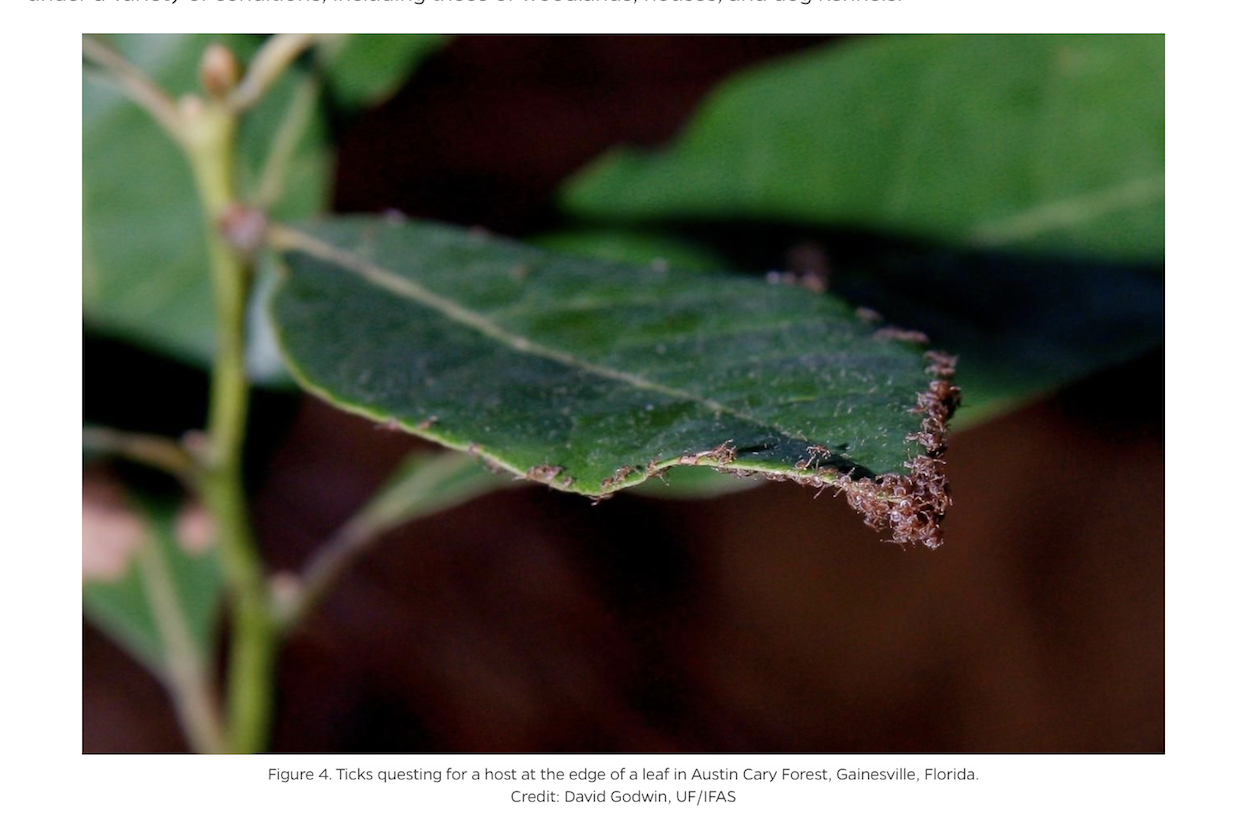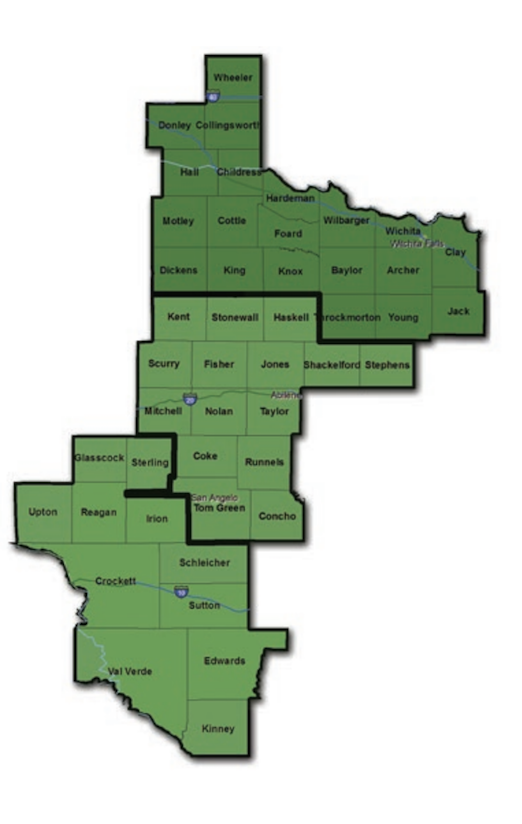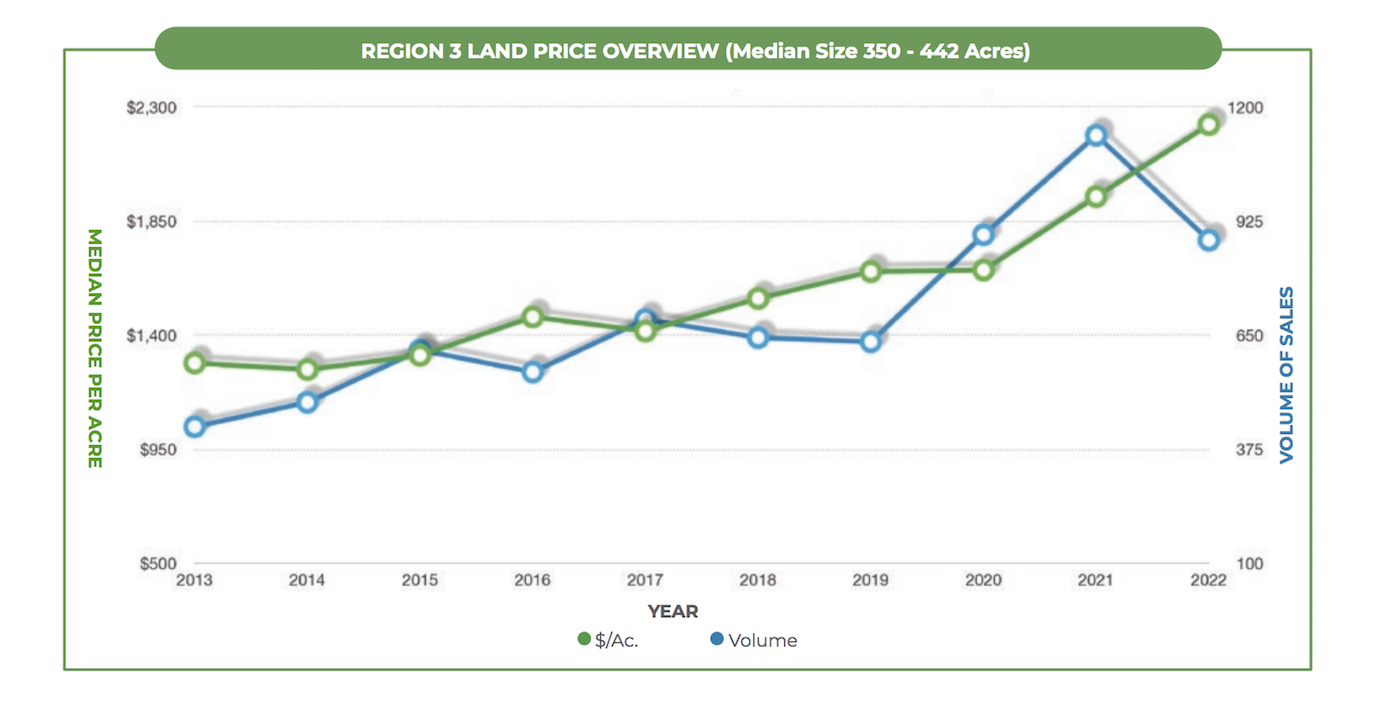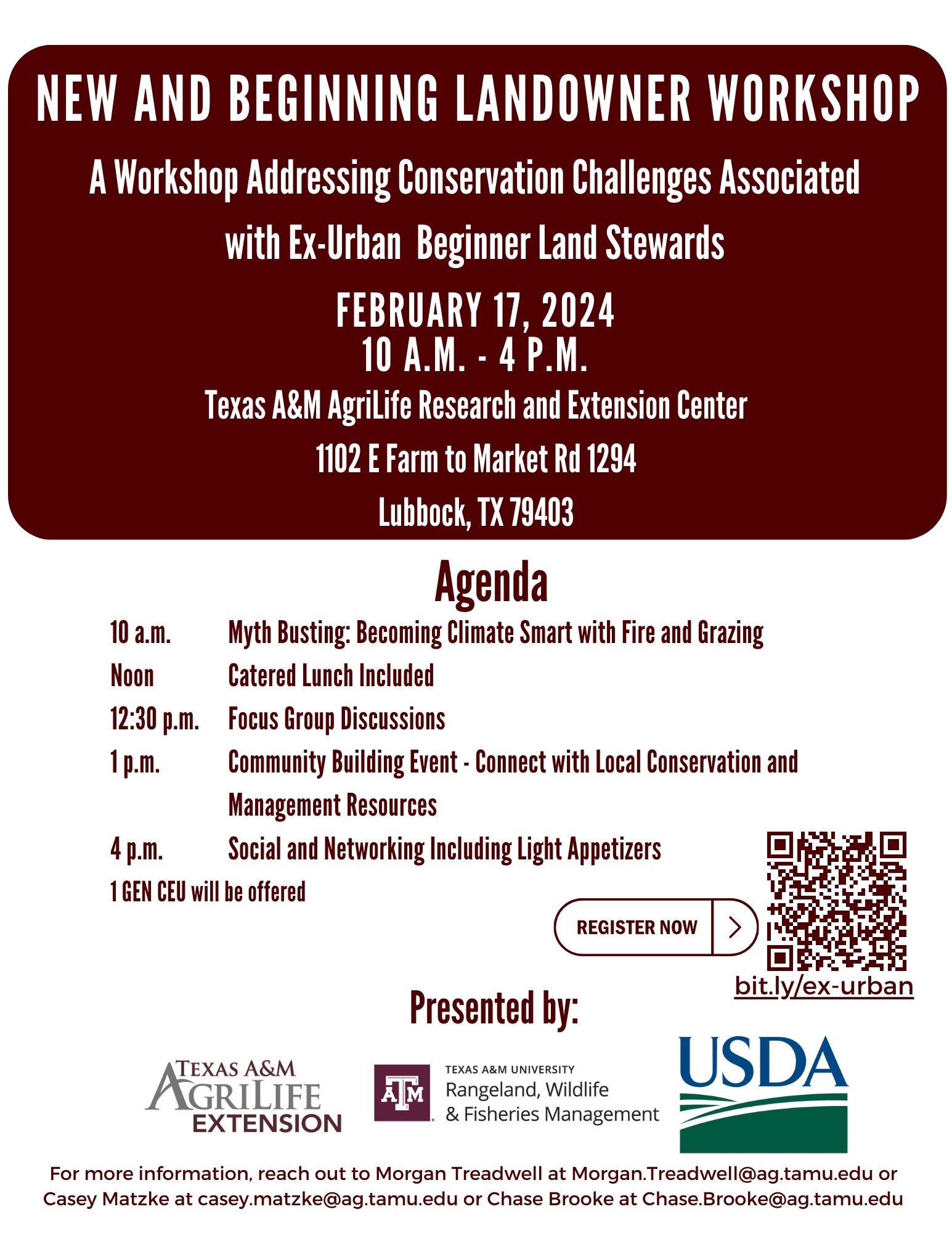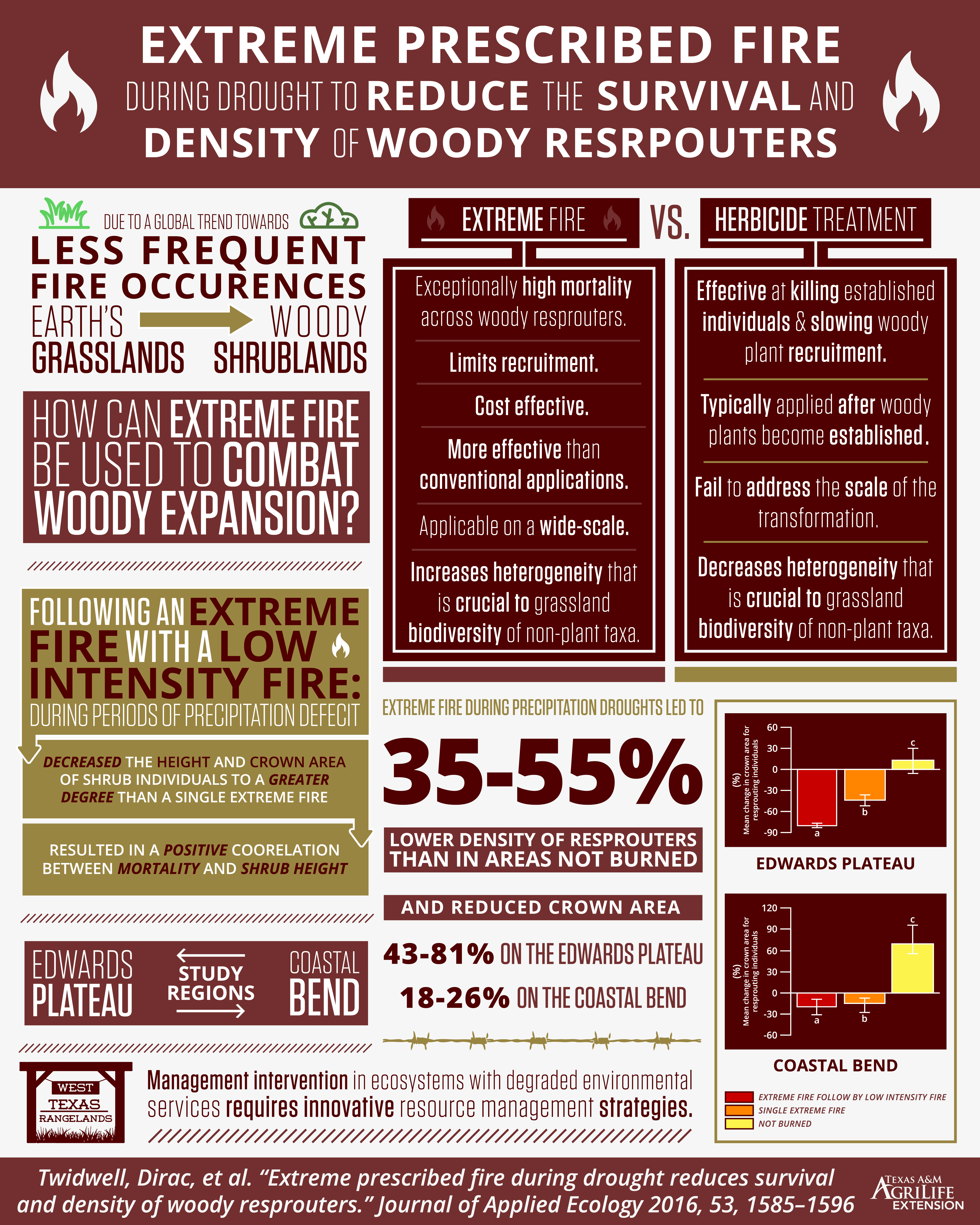 Researchers looked at extreme fire conditions during drought in humid subtropical and semi-arid ecoregions that require innovative management strategies that go beyond the traditional restoration and conservation practices. These practices have either been historically ineffective or economically cost-prohibitive at restoring grass-dominated ecosystems following conversion to resprouting shrublands.
Researchers looked at extreme fire conditions during drought in humid subtropical and semi-arid ecoregions that require innovative management strategies that go beyond the traditional restoration and conservation practices. These practices have either been historically ineffective or economically cost-prohibitive at restoring grass-dominated ecosystems following conversion to resprouting shrublands.
Lessons Learned – Contributing Factors to UTV Rollover on Prescribed Fire
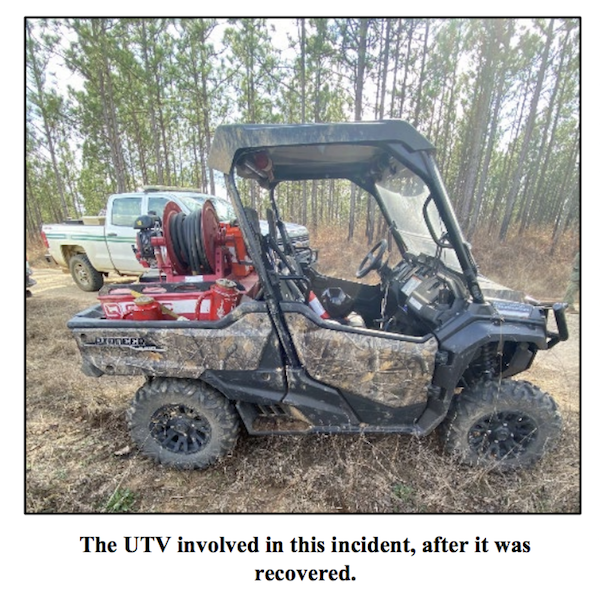 In Feb. 2023, Oakmulgee Ranger District was conducting their first large burn of the season. Multiple off-unit resources had been requested to assist with the burn, including various firefighters from other regions, Job Corps, Bureau of Land Management, and local militia.
In Feb. 2023, Oakmulgee Ranger District was conducting their first large burn of the season. Multiple off-unit resources had been requested to assist with the burn, including various firefighters from other regions, Job Corps, Bureau of Land Management, and local militia.
[Read more…] about Lessons Learned – Contributing Factors to UTV Rollover on Prescribed Fire
An Economic Comparison of Prescribed Extreme Fire and Alternative Methods for Managing Invasive Brush Species in Texas: a Modeling Approach
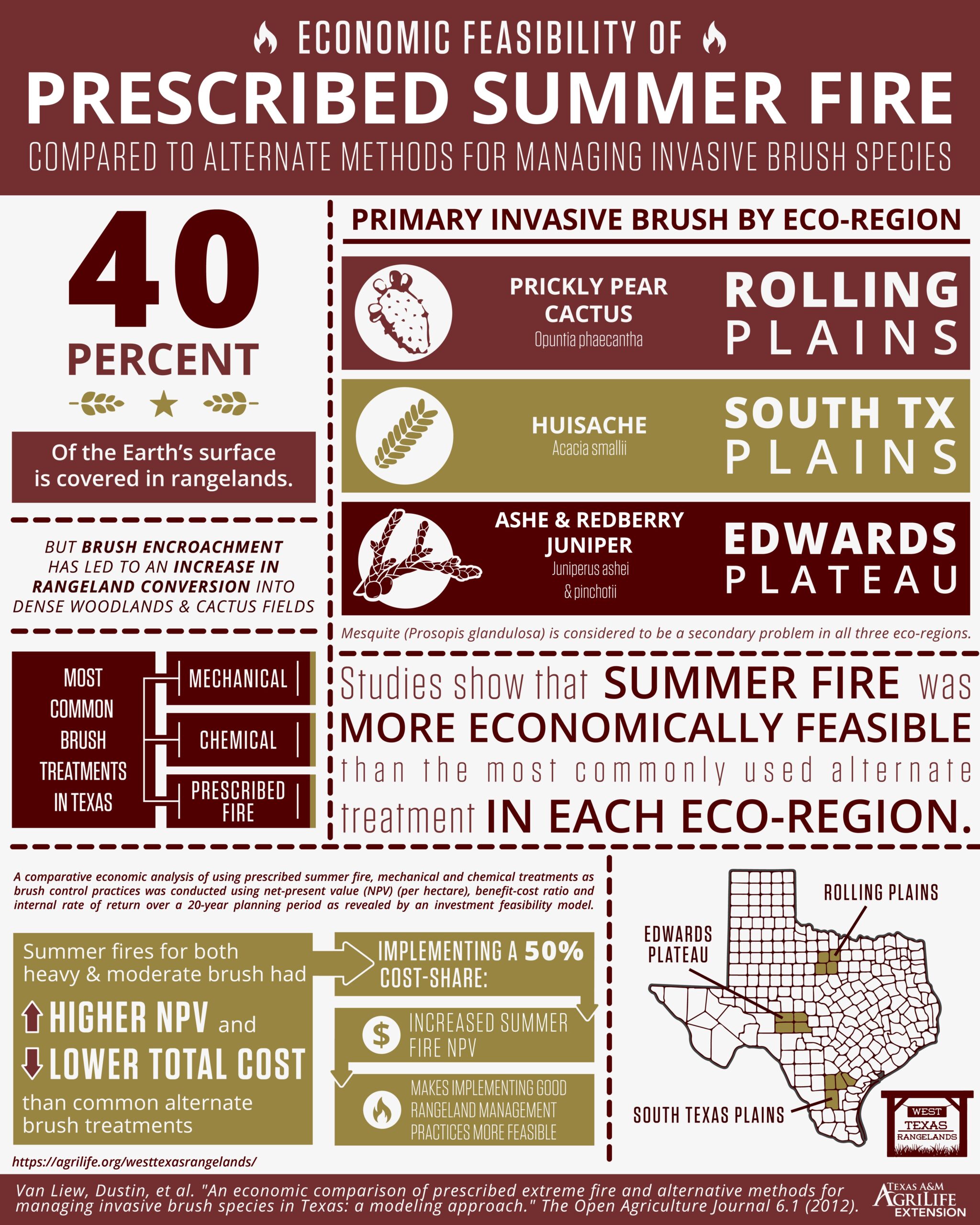 Did you know that 40% of the Earth’s surface is covered in Rangelands? However with the increase of brush encroachment, there has been an increase in conversion from rangeland into undesirable and unproductive species. In the Rolling Plains the primary invasive species focused on is prickly pear cactus, in South Texas Plains huisache is the primary focused species, and in the Edwards Plateau, Ashe & Redberry Juniper are of concerns. One fun fact, Mesquite is considered to be a secondary problem in all three of these ecoregions.
Did you know that 40% of the Earth’s surface is covered in Rangelands? However with the increase of brush encroachment, there has been an increase in conversion from rangeland into undesirable and unproductive species. In the Rolling Plains the primary invasive species focused on is prickly pear cactus, in South Texas Plains huisache is the primary focused species, and in the Edwards Plateau, Ashe & Redberry Juniper are of concerns. One fun fact, Mesquite is considered to be a secondary problem in all three of these ecoregions.
Drought Conditions Persist and a Weather Update!
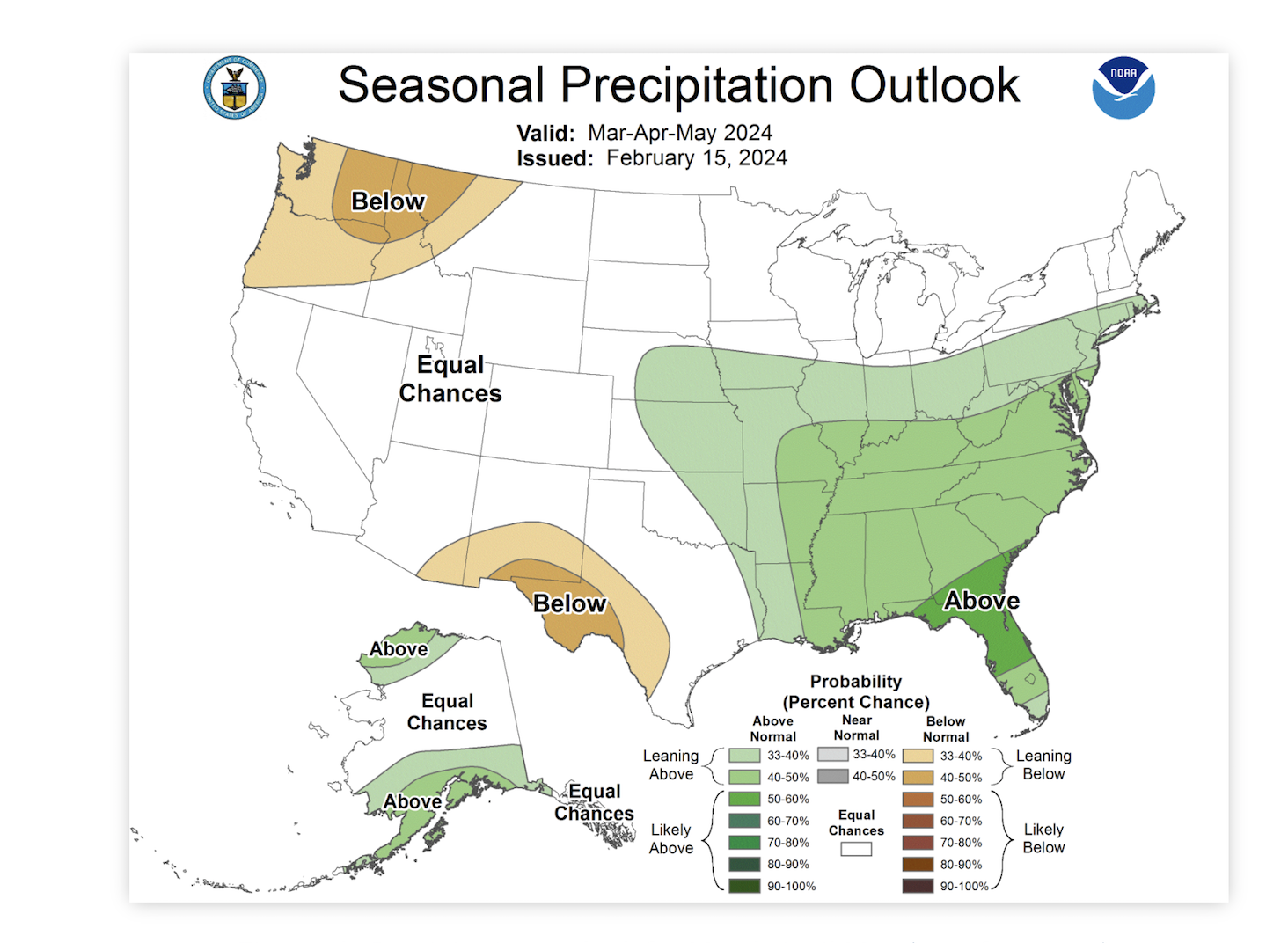 Over the last month the Eastern part of the State has received significant amounts of rainfall, while the Western part of the State is below average. Over the next three months, see figure adjacent, it is predicted that the Western part of the State, which is already dry, will be experiencing even drier than average conditions.
Over the last month the Eastern part of the State has received significant amounts of rainfall, while the Western part of the State is below average. Over the next three months, see figure adjacent, it is predicted that the Western part of the State, which is already dry, will be experiencing even drier than average conditions.
[Read more…] about Drought Conditions Persist and a Weather Update!
UTV Incidents Dominates 2023 Lessons Learned
 One of the big takeaways from the 2023 summary of incident reports from the Wildland Fire Lessoned Learned Center was the increase of UTV related incidents. Over the past 14 years, the most UTV related incidents in one year was 5. In 2023 however, there were 13 related incidents. The graph shows 15 accumulated years of UTV involved incidents, including rollovers, entrapments, equipment damage, and tree strikes.
One of the big takeaways from the 2023 summary of incident reports from the Wildland Fire Lessoned Learned Center was the increase of UTV related incidents. Over the past 14 years, the most UTV related incidents in one year was 5. In 2023 however, there were 13 related incidents. The graph shows 15 accumulated years of UTV involved incidents, including rollovers, entrapments, equipment damage, and tree strikes.
[Read more…] about UTV Incidents Dominates 2023 Lessons Learned
What does a strong La Niña this summer mean for Texas weather?
 During this Winter season, parts of Texas have experienced a strong El Niño presence. However, El Niño has begun to weaken and is expected to do so over the next few months. El Niño’s counterpart, La Niña, is likely to take over as early as this summer. According to the Climate Prediction Center, there is a 55% chance of La Niña conditions by June 1st.
During this Winter season, parts of Texas have experienced a strong El Niño presence. However, El Niño has begun to weaken and is expected to do so over the next few months. El Niño’s counterpart, La Niña, is likely to take over as early as this summer. According to the Climate Prediction Center, there is a 55% chance of La Niña conditions by June 1st.
[Read more…] about What does a strong La Niña this summer mean for Texas weather?
Prescribed Fire as a Tool for Controlling Tick Populations in the Southeastern United States
Exotic Herbivores and Fire Energy Drive Standing Herbaceous Biomass but do not Alter Compositional Patterns in a Semiarid Savanna Ecosystem
Did you know that fire regime alterations are pushing open ecosystems worldwide past tipping points where alternative steady states characterized by woody dominance prevail. The intensity and frequency of surface fires are reduced, limiting their effectiveness for controlling cover of woody plants. Grazing pressure can also reinforce woody encroachment by potentially reducing fine-fuel loads.
2022 Texas Land Market Developments
The reported demand for land by rural brokers has slowed down compared to the contest for land in 2021. However, at the end of 2022, prices had increased by 12.44 percent to $4,446 per acre statewide. By the end of 2022, a total of 719,738 acres had changed hands, down 14.96 percent from 2021. This suggests that market activity has fallen to a more normal level at high prices. The rising prices coupled with the diminished activity suggests that current buyers are focusing on higher quality properties.
In West Texas strong demand drove up prices in the region. At $2,231 per acre, prices rose 14.59 percent year over year. However, the annualized sales volume declined 22.35 percent to 879 sales. Typical size of acreage remained nearly the same, dropping 0.33 percent to 431 acres. The total dollar volume spent at $563.4 million increased by 25.71 percent compared to 2021. At 252,510 acres, total acreage sold rose 9.71 percent. Fourth quarter only sales volume fell 9.80 percent short of fourth quarter 2021 totals, 49.08 percent short of 2020 totals, but 14.05 percent above the 2019 fourth quarter sales total.
Region 3 is made up of counties located in North Texas all the way through South Central Texas.
In looking at the region as a whole, while the volume of sales has declined, the price per acreage has increased. As you can see in the graph below, the price per acre has continued to steadily increase since 2020.
Below Central Texas is broken down by cropland, rangeland and hunting lease rangeland. If you are thinking about leasing land compared to buying, be sure to check out some of the prices and how they are trending.
For more information and the full report, be sure to check it out here!
Are you a new landowner in Texas? We are bringing a series of workshops around Texas to help new landowners get involved in their communities! Our first stop is in Lubbock, followed by Corpus Christi, San Angelo, College Station, and Stephenville, Texas. For more information reach out to casey.matzke@ag.tamu.edu. Interested in registering for this free event? Click here!
Valuable Lessons from Dubba Shop #2 Prescribed Fire in Florida
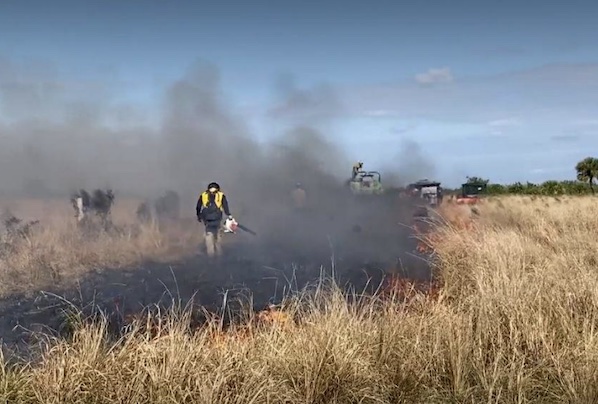 The Burn Boss (RXB2) for the Miccosukee Tribe in Florida and the Regional Fire Management Officer (FMO) for the Bureau of Indian Affairs, started looking for a burn window for the Dubba Shop #2 Prescribed burn.
The Burn Boss (RXB2) for the Miccosukee Tribe in Florida and the Regional Fire Management Officer (FMO) for the Bureau of Indian Affairs, started looking for a burn window for the Dubba Shop #2 Prescribed burn.
[Read more…] about Valuable Lessons from Dubba Shop #2 Prescribed Fire in Florida
